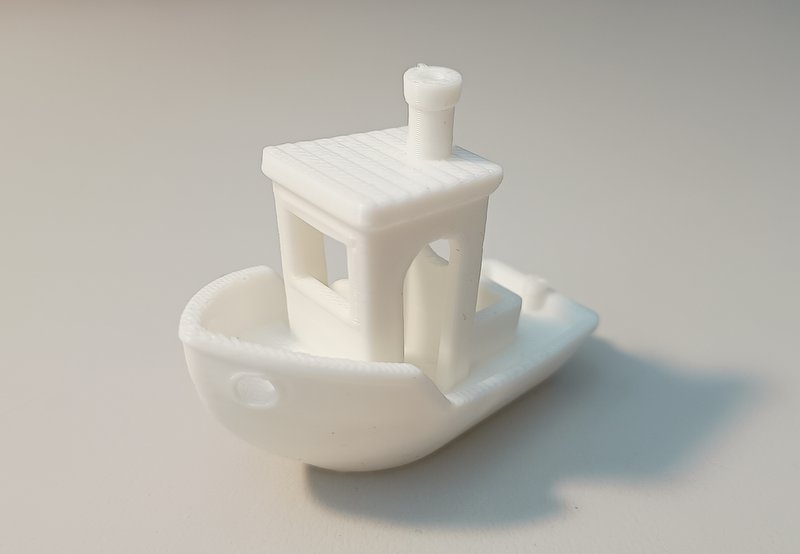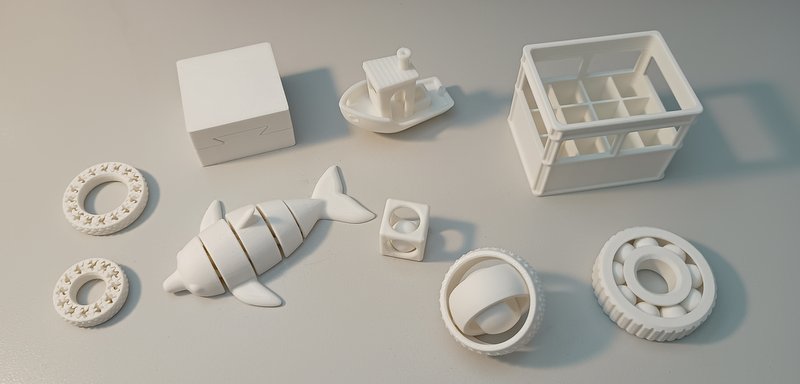The collection has been liquidated
Monday, October 7th, 2024 at 10:05pm
It is weird to recall that at one point I was actively collecting vintage computers, with one goal to have an example of every Apple computer. Over time my enthusian waned and I downsized the collection, in conjunction with looking to buy a house.
Then for over a decade the remaining items sat untouched at my parent’s (with only the occasional prompt to do something about them) until the middle of 2013 when I brought over of the Apple IIgs related items. This was my childhood computer and my first step in getting it running again was to replace the power supply with something modern. I tinkered with this for a while, getting a GBS-8220 for converting the display output and picking up a CFFA3000 for more convenient drive emulation.
Skip forward to the middle of 2024 and I set myself the goal of sorting through what was left of the collection and having it all gone from my parents house by the end of the year.
That goal has been achieved three months early.
I would have liked to gift items to people that I know would use it (this is what I am doing with one system) but I decided to to see how things would go in eBay, in one sense returning the items back to where I got them from. I started with a few of the smaller items that could be easily posted then progressing to the heaver items. As I was more interested in finding homes that in making money I started almost all the listings at $9.99, some sold for that starting price while others went for quite a lot more.
It was good to see that there were a variety of people bidding, some I could see also had ebay stores so would be buying to flip, while others (mainly those that I spoke to when they collected items in person) were actually interested in collecting and restoring vintage computers.
I am not going to update my computer collection pages, but because I took updated photos for the ebay listings, I have put those photos up in an album on Flickr: Vintage Apple for eBay.
Going through these images one last time did make me feel nostalgic, but only for the act of collecting. Better that they are in the hands of people that wanted them enough to bid for them, instead of just taking up space…
Tagged with: computer collection, ebay



